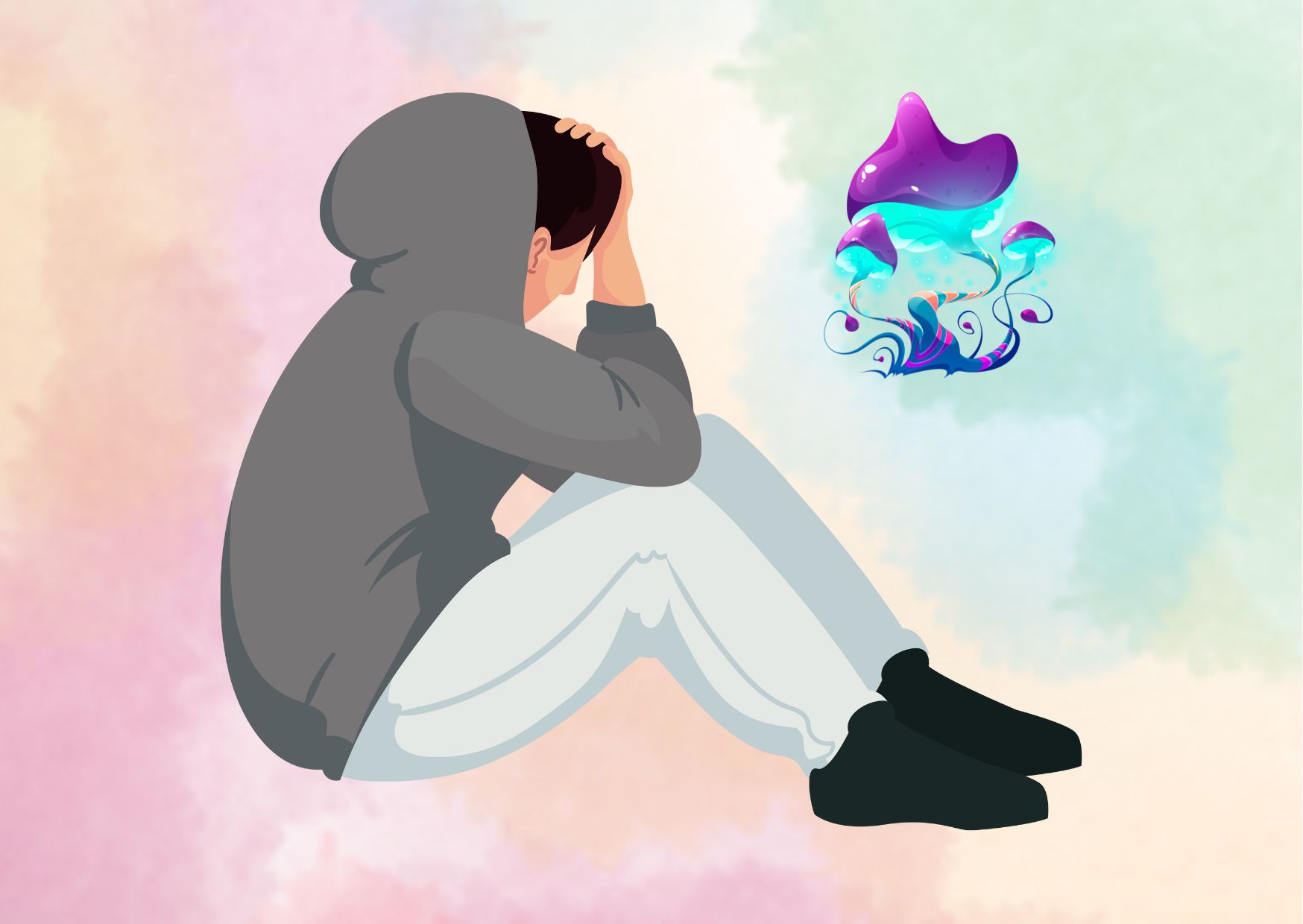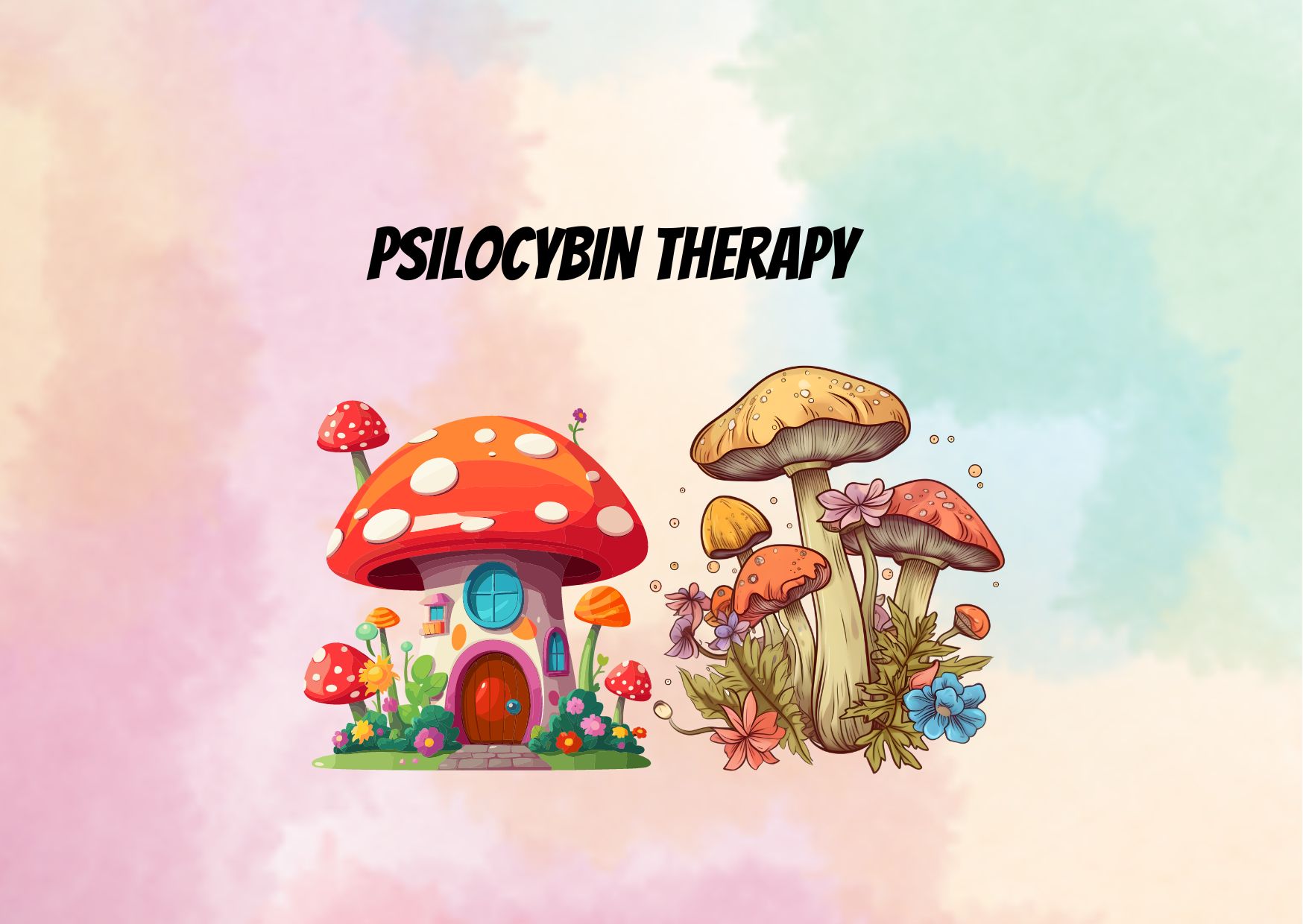Exploring Psilocybin Therapy: A New Horizon for Depression Treatment
Depression, a debilitating mental health condition affecting millions worldwide, has long been a challenge for traditional treatments. However, a new horizon emerges with psilocybin therapy, a novel approach leveraging the potential of psychedelic compounds like psilocybin, found in magic mushrooms. Recent clinical trials and research have yielded promising results, reigniting interest in exploring psilocybin’s therapeutic value for treatment-resistant depression.
This article delves into the background of psilocybin therapy, its history, and a case presentation showcasing its application through microdosing. We’ll examine a patient’s response, discuss the current research landscape, limitations, and conclude with insights into psilocybin’s potential as a groundbreaking depression treatment option.
Background on Treatment-Resistant Depression
Treatment-resistant depression (TRD) is a prevalent and serious public health concern with multiple implications. It is characterized by persistent depressive symptoms that fail to respond adequately to multiple antidepressant interventions, including conventional antidepressants, psychotherapies, and neurostimulation modalities.
Prevalence and Public Health Implications
TRD is alarmingly common in the general population. International epidemiological estimates suggest that more than 100 million people globally meet one or more definitions of this condition. The public health implications of TRD are multifaceted and severe:
- Higher Healthcare Costs: TRD is associated with higher healthcare utilization and the need for more intensive treatments, resulting in relatively higher direct costs compared to non-resistant depression.
- Impaired Psychosocial Functioning: Individuals with TRD experience greater impairment in psychosocial functioning, leading to increased indirect costs due to higher workplace disability, absenteeism, and the need for disability benefits.
- Increased Suicidality: The rate of suicidality, including completed suicide, is disproportionately higher in TRD populations compared to those with non-resistant depression.
- Comorbidities: TRD is linked to an increased risk of common and chronic non-communicable physical diseases, such as cardiovascular disease, obesity, and type 2 diabetes mellitus.
Challenges in Treatment
Treating TRD can be particularly challenging due to several reasons:
- Lack of Response: By definition, individuals with TRD do not respond adequately to multiple antidepressant treatments, making it difficult to find an effective therapeutic approach.
- Individual Variability: The response to treatment varies significantly from person to person, and it may take several attempts to find the most suitable approach for each individual.
- Complexity: TRD often requires a combination of different treatment modalities, such as consulting with experts in mood disorders, adjusting medications, incorporating psychotherapy, or considering alternative procedures like neurostimulation.
Despite these challenges, it is crucial to persist in exploring various treatment options and not lose hope, as achieving remission from TRD is possible with the right approach and perseverance.
History of Psychedelic Research
The history of psychedelic research can be traced back to the mid-20th century, when scientists began exploring the potential of these mind-altering substances. Here’s a brief overview:
Early Psychedelic Research
In 1943, Albert Hofmann accidentally discovered the psychoactive properties of lysergic acid diethylamide (LSD) while working at Sandoz Laboratories in Switzerland. This serendipitous event sparked a wave of scientific interest in psychedelics.
- The 1950s and 1960s: These decades witnessed a surge in psychedelic research, with thousands of studies conducted on LSD and other psychedelics. Researchers investigated their potential as tools for psychotherapy, as well as their effects on various aspects of human experience, such as perception, metabolism, and addiction.
- Psychedelic Psychotherapy: During this period, psychedelics, particularly LSD, were widely used by psychologists and psychiatrists in research and clinical practice. It is estimated that tens of thousands of patients were treated with “psychedelic psychotherapy” over a span of about 15 years.
The Hiatus and Resurgence
- The Controlled Substances Act: As the 1960s drew to a close, the United States government intensified its war on drugs. In 1970, President Nixon introduced the Controlled Substances Act, rendering substances like psilocybin, mescaline, LSD, and DMT illegal. This act effectively ended all government-sanctioned psychedelic research, causing a significant decline in scientific exploration of these compounds.
- Exceptions and Advocates: While large-scale controlled studies were no longer an option, some psychotherapists continued their work with psychedelics, and researchers like Rick Strassman’s work with DMT were notable exceptions to the ban. Advocates and scientists tirelessly worked to revive psychedelic research.
The Renaissance of Psychedelic Research
- The New Millennium: The early 2000s marked a resurgence of psychedelic research. Psilocybin studies began in earnest, followed by groundbreaking studies with LSD and other psychedelics.
- Landmark Studies: A group of researchers at Johns Hopkins University obtained regulatory approval to resume research with psychedelics in healthy volunteers. Their publication, “Psilocybin can occasion mystical-type experiences having substantial and sustained personal meaning and spiritual significance,” is widely considered a landmark study that sparked a renewal of psychedelic research worldwide.
- Safety and Guidelines: The Johns Hopkins team emphasized safety as a cornerstone of psychedelic research, and their recommended techniques for safe and ethical studies have been adopted by others in the field.
- Reclassification Efforts: Researchers at Johns Hopkins suggest that if psilocybin clears phase III clinical trials, it should be reclassified from a Schedule I drug (with no known medical potential) to a Schedule IV drug, like prescription sleep aids, but with tighter control.
- Government Funding: In a significant milestone, Johns Hopkins Medicine was awarded a grant from the National Institutes of Health (NIH) to explore the potential impacts of psilocybin on tobacco addiction, marking the first NIH grant in over half a century to directly investigate the therapeutic effects of a classic psychedelic.
As the scientific community continues to explore the therapeutic potential of psychedelics, this renewed interest in psychedelic research holds promise for advancing our understanding of the human mind and developing novel treatments for various mental health conditions.
Case Presentation
To illustrate the potential of psilocybin therapy for depression, let us consider a case presentation that highlights its application and outcomes.
Background
Psilocybin, the primary psychoactive compound found in certain mushroom species, has been consumed for centuries in various cultural and religious ceremonies. However, its medicinal value has gained significant attention in recent decades. In the mid-20th century, psilocybin and other classic psychedelics were classified as Schedule I substances, effectively halting research into their therapeutic potential.
The resurgence of clinical trials involving psilocybin in the 21st century has yielded promising results, particularly in the treatment of addiction, depression, and end-of-life mood disorders. Compared to placebo groups, these trials have demonstrated significant reductions in depression and anxiety among participants. Notably, one trial found no significant difference in efficacy between psilocybin and a routinely prescribed selective serotonin reuptake inhibitor (SSRI).
Patient Profile
In this case, we consider a patient diagnosed with treatment-resistant depression (TRD), a condition characterized by persistent depressive symptoms that fail to respond adequately to multiple antidepressant interventions. Despite trying various conventional treatments, including antidepressants, psychotherapy, and neurostimulation modalities, the patient’s condition remained unremitting.
Treatment Approach
Given the patient’s lack of response to traditional therapies, their healthcare team explored alternative treatment options, including psilocybin-assisted psychotherapy. This approach involves administering a controlled dose of psilocybin in a supportive and monitored clinical setting, combined with preparatory and integrative psychotherapy sessions.
- Preparatory Sessions: The patient underwent several preparatory sessions with a trained psychotherapist. These sessions aimed to establish a therapeutic alliance, discuss the patient’s history, and prepare them for the psilocybin experience.
- Psilocybin Administration: On the designated dosing day, the patient received a carefully measured dose of psilocybin in a comfortable and secure environment, under the supervision of medical professionals.
- Integrative Sessions: Following the psilocybin experience, the patient attended integrative psychotherapy sessions. These sessions helped the patient process and integrate the insights gained during the psilocybin session, facilitating personal growth and addressing underlying psychological issues.
Patient’s Response and Outcomes
The patient’s response to psilocybin-assisted psychotherapy was remarkable. After undergoing the treatment protocol, they reported a significant reduction in depressive symptoms, improved mood, and a renewed sense of well-being.
Moreover, the patient experienced a shift in their perspective and outlook on life, leading to positive changes in their interpersonal relationships and overall quality of life. The integrative sessions played a crucial role in helping the patient translate the insights gained during the psilocybin experience into lasting behavioral and cognitive changes.
While this case presentation highlights the potential benefits of psilocybin therapy, it is essential to note that this treatment approach is still in the experimental stages and should be conducted under strict clinical supervision and guidance.
Treatment with Psilocybin Microdosing
Self-Administration of Psilocybin Microdoses
In the case presented, the patient began self-administering microdoses of psilocybin as a monotherapy approach, discontinuing all other psychiatric medications and treatments. The patient cultivated their own hallucinogenic mushrooms, specifically the Psilocybe cubensis species. After drying and grinding the mushrooms into a fine powder, the patient followed the Fadiman Protocol, a recommended regimen for beginners to microdosing.
- Fadiman Protocol: This protocol involves encapsulating measured doses of the powdered mushrooms, starting with 0.1g. The patient took one capsule on the morning of Day 1, followed by two days of no dosing, then took another capsule on Day 4, followed by another two-day break. This cycle was repeated for eight weeks.
- Dosage Adjustment: After an initial four-week break from dosing, the patient restarted the eight-week cycle. The Fadiman Protocol allows for gradual dose adjustments
Suggestion for read: Complex Psychology behind Manic Depression
Patient’s Response and Outcomes
The patient’s response to psilocybin-assisted psychotherapy was remarkable, with significant improvements observed across various measures of depression and functional impairment.
Reduction in Depression Symptoms
Several studies have demonstrated the efficacy of psilocybin in alleviating depressive symptoms. One study found that the mean GRID-HAMD (Hamilton Depression Rating Scale) scores at weeks 1 and 4 (8.0 and 8.5, respectively) in the immediate treatment group were statistically significantly lower than the scores at the comparable time points of weeks 5 and 8 (23.8 and 23.5) in the delayed treatment group. The effect sizes were large, with Cohen’s d values of 2.5 and 2.6, respectively.

